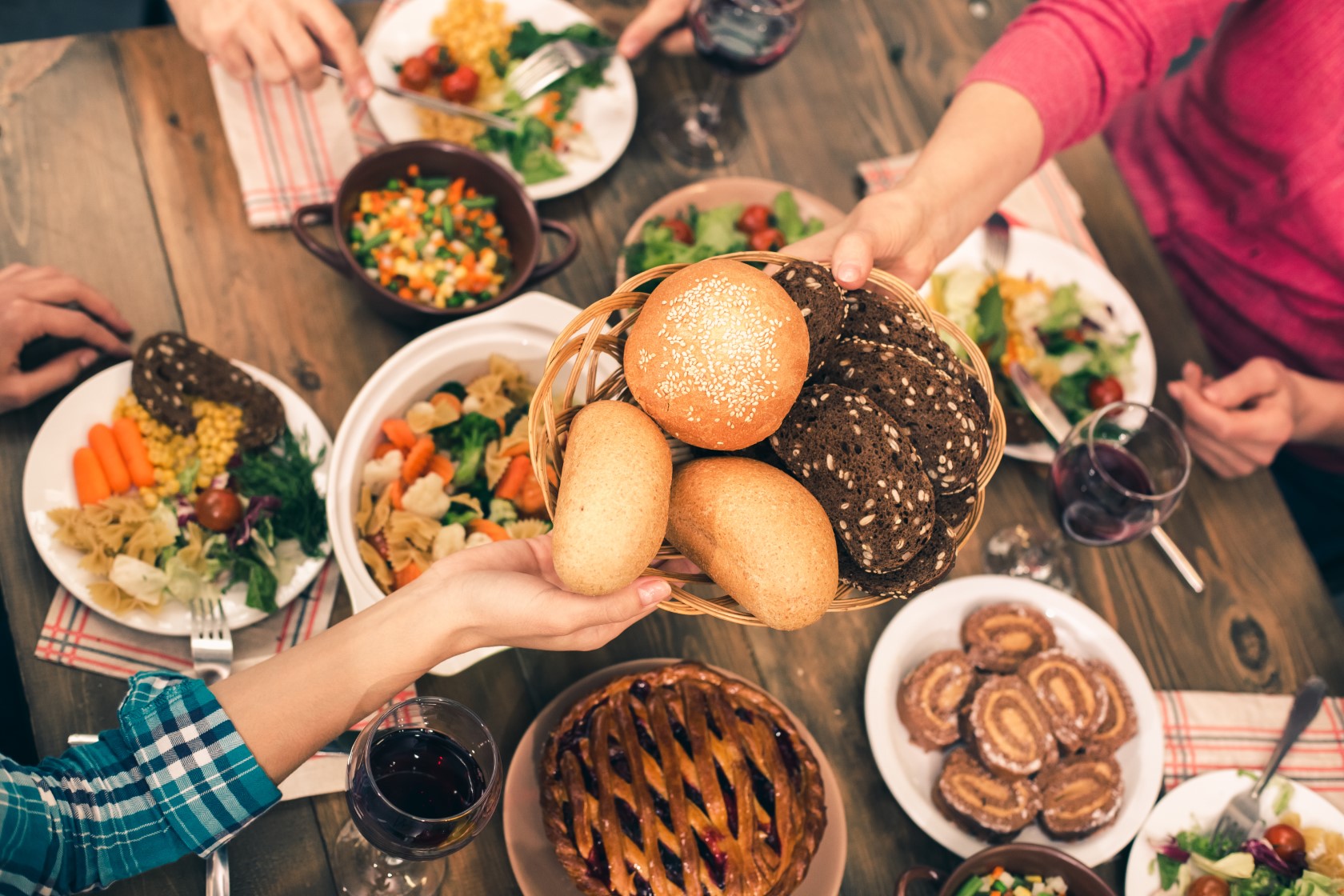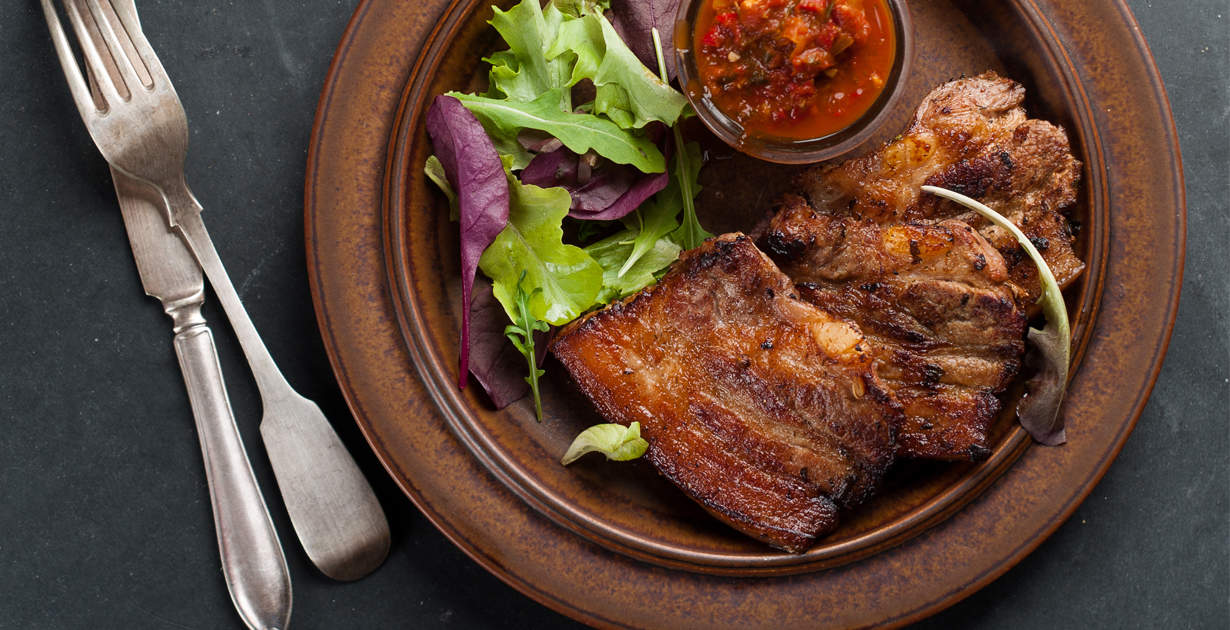Ready to leave?
Oops ! Condition name you have entered is invalid.
You are now leaving Aposbook.com and going to an external site managed by another organization.
Please confirm your email address and try to login again.
This account has been deleted. do you want to restore it?

Validate your email
A verification link will be sent to within the next 2 minutes. Please click it to validate your e mail.
*If you didn't get the link, please check your spam folder
Welcome to Aposbook,
As a registered user, you can benefit from the various free tools and services that we provide.
All you need to do is log in to start discussing with others, interacting, asking questions, and sharing your point of view about the various topics.
You can also write reviews and testimonials about any natural solution you have tried and share your experience. Your feedback can be very helpful.
If you are a health expert, you can add information about any topic or suggest text edit. You can also publish content, including articles and videos, about any topic from the related library section.
Together we can help.
The Aposbook Team
Forgot Password?
A validation link will be sent to you by email. Please confirm your address to log in
*If you didn't get the link, please check your spam folder
Please log in to use this feature
Your account has been suspended because you have violated our code of conduct. If you think this was a mistake, you can contact us by email at: support@aposbook.com "Contact us" form.
Success! Thank you for your feedback. Your contribution can make a difference. Together we can help each other.


Can Atkins Diet help for PCOS?
Complete Guide to Atkins Diet For PCOS
Possible causes of PCOS from the Atkins Diet perspective
When a normal person consumes carbohydrates, the liver processes carbs into glucose to use for energy and nutrition by the cells and various body organs.
Accordingly, blood sugar levels will rise in the body, which triggers a release of insulin to regulate blood sugar.
Most women with PCOS are characterized with high levels of insulin as a result of hormonal imbalance and insulin resistance.
Following a diet rich in carbohydrates, such as ...
Possible causes of PCOS from the Atkins Diet perspective
When a normal person consumes carbohydrates, the liver processes carbs into glucose to use for energy and nutrition by the cells and various body organs.
Accordingly, blood sugar levels will rise in the body, which triggers a release of insulin to regulate blood sugar.
Most women with PCOS are characterized with high levels of insulin as a result of hormonal imbalance and insulin resistance.
Following a diet rich in carbohydrates, such as the modern diet, will trigger the release of insulin further and worsen PCOS symptoms. High insulin levels can stimulate the ovaries and trigger the production of hormones such as testosterone, which affects the woman menstrual cycle and leads to several issues.
In addition, when blood sugar levels remain high, this could cause insulin resistance which leads to type-2 diabetes. this can cause more complications for woman fertility.
Learn everything about Polycystic Ovary Syndrome (PCOS) and find all the natural solutions to treat PCOS naturally, including various diet programs, alternative medicine, vitamins, supplements, herbal medicine, and home remedies.
Why Atkins Diet helps treat PCOS
The Atkins diet can help reduce PCOS because it helps balance hormones production in the body and improves ovulation. It also lowers insulin production in the body and reduces insulin resistance, which are critical factors for PCOS.
Furthermore, the Atkins diet can help for weight loss, which is beneficial for women with PCOS.
This is because the Atkins diet is a regimen low in carbs. Research has shown that following a diet rich in carbohydrates, increases ...
Why Atkins Diet helps treat PCOS
The Atkins diet can help reduce PCOS because it helps balance hormones production in the body and improves ovulation. It also lowers insulin production in the body and reduces insulin resistance, which are critical factors for PCOS.
Furthermore, the Atkins diet can help for weight loss, which is beneficial for women with PCOS.
This is because the Atkins diet is a regimen low in carbs. Research has shown that following a diet rich in carbohydrates, increases glucose levels in the blood. This will trigger the body to release more insulin to regulate sugar levels, which can worsen PCOS and affect woman ovulation.
Based on the modern diet guidelines that we follow, the Acceptable Macronutrient Distribution Range (AMDR) for carbohydrates is 45% to 65%. This is considered a high carbohydrates diet that will increase glucose production in the body and trigger more and more release of insulin.
How Atkins Diet works for PCOS
The Atkins diet works by restricting carbohydrates in the diet. Once carbs are limited in the body, glucose production is reduced.
Given that insulin hormone is released by the pancreas to control the glucose level in the blood, when glucose quantities become low, there’s no more need to produce more insulin. Hence, insulin can be maintained at a low level and controlled.
The Atkins diet can limit this glucose production in the body ...
How Atkins Diet works for PCOS
The Atkins diet works by restricting carbohydrates in the diet. Once carbs are limited in the body, glucose production is reduced.
Given that insulin hormone is released by the pancreas to control the glucose level in the blood, when glucose quantities become low, there’s no more need to produce more insulin. Hence, insulin can be maintained at a low level and controlled.
The Atkins diet can limit this glucose production in the body by restricting the carbohydrates daily intake at only 20 g up to 40 g of carbs per day, depending on the type of diet followed.
Subsequently, the Atkins diet will result in fewer symptoms of PCOS that are due to high levels of insulin.
Furthermore, losing weight for PCOS is considered a positive aspect as it improves insulin resistance and it can restore normal function of the ovaries and hormone production. This may lead to a reduction in PCOS symptoms like acne or excess hair growth.
Following the Atkins diet ensures weight loss through achieving the following aspects that include 1-fat burning; 2- satiety, and 3-low insulin levels. To learn more about this subject, you can check Atkins diet for weight loss.
Atkins Diet foods for PCOS
The Atkins diet restricts carbohydrate and stresses on protein and fat intake. Supporters of this diet recommend it as an everlasting regimen that should be followed as a lifestyle across the individual’s lifespan for healthier outcomes.
The Atkins diet promotes foods that are considered low in carbohydrates or carbohydrate-free for consumption. These foods include:
- Fish and seafood
- Pork, turkey, and chicken
- Eggs
- Non-starchy vegetables such as spinach, broccoli, lettuce, cucumber, kale, asparagus… ...
Atkins Diet foods for PCOS
The Atkins diet restricts carbohydrate and stresses on protein and fat intake. Supporters of this diet recommend it as an everlasting regimen that should be followed as a lifestyle across the individual’s lifespan for healthier outcomes.
The Atkins diet promotes foods that are considered low in carbohydrates or carbohydrate-free for consumption. These foods include:
- Fish and seafood
- Pork, turkey, and chicken
- Eggs
- Non-starchy vegetables such as spinach, broccoli, lettuce, cucumber, kale, asparagus…
- Unrefined oils such as olive oil, coconut oil, walnut oil…
- Full fat dairy including butter, heavy cream, sour cream, and hard cheeses that are high in fat and low in carbohydrates such as blue cheese, American cheese, Swiss, cheddar, feta …
- Herbs and spices
Atkins Diet for PCOS: What you should Avoid
The Atkins diet restricts carbohydrates consumption and tends to eliminate many foods based on their carbohydrate content. Accordingly, the diet removes the following foods from the diet:
- All types of grains, legumes, and starches
- Sugar and alternative sweeteners
- Sugar sweetened beverages and drinks
- Most fruits and vegetables that are high in carbohydrates
- Starchy vegetables such as potatoes and corn
- Vegetables oils like corn oil, canola oil, soybean oil …
- Condiments including bagged ...
Atkins Diet for PCOS: What you should Avoid
The Atkins diet restricts carbohydrates consumption and tends to eliminate many foods based on their carbohydrate content. Accordingly, the diet removes the following foods from the diet:
- All types of grains, legumes, and starches
- Sugar and alternative sweeteners
- Sugar sweetened beverages and drinks
- Most fruits and vegetables that are high in carbohydrates
- Starchy vegetables such as potatoes and corn
- Vegetables oils like corn oil, canola oil, soybean oil …
- Condiments including bagged sauces and mixes
- Most dairy products that are high in carbohydrates such as milk, yogurt, and cottage cheese
- Alcohol
- Reduced fat and diet products
Atkins diet phases
The Atkins Diet is divided into four consecutive phases which are induction, balancing, pre-maintenance, and lifetime maintenance consecutively.
Phase 1: Induction Phase
This phase is the most restricted phase in terms of carbohydrates as it is does not allow any carbohydrate intake. The purpose of the induction phase is to shift the body from relying on glucose and carbohydrates for energy to using the body fat stores to achieve this. This phase results in the fastest ...
Atkins diet phases
The Atkins Diet is divided into four consecutive phases which are induction, balancing, pre-maintenance, and lifetime maintenance consecutively.
Phase 1: Induction Phase
This phase is the most restricted phase in terms of carbohydrates as it is does not allow any carbohydrate intake. The purpose of the induction phase is to shift the body from relying on glucose and carbohydrates for energy to using the body fat stores to achieve this. This phase results in the fastest weight loss because the body is using fat as its primary energy source because carbohydrate sources are no longer available.
The duration of this phase is at least two weeks and could stretch to more, but the time is usually individualized depending on personal improvements.
Depending on the type of diet used, the individual should receive either 20 g or 40 g of carbohydrates per day in this phase. Carbohydrates here are mainly from vegetables comprising 12-15 g of the total carbohydrate intake, but not from fruits as they are not allowed at this stage due to their sugar content. The focus is on proteins in each meal, and there is no restriction on fats and oils.
Phase 2: Balancing Phase
In this phase, the carbohydrate intake is increased gradually over time by adding 5 g of carbohydrates to the diet each week.
The purpose of this phase is to monitor the maximum amount of carbohydrates that the body can tolerate while still losing 1-2 pounds per week. Once this is achieved, you should no longer add carbohydrates weekly.
Similar to the induction phase, 12-15 g of carbohydrates should be coming from non-starchy vegetables. However, unlike phase 1, the balancing phase allows some low carbohydrate fruits and starchy vegetables. Thus, this phase allows intake of some nutrients that are rich in carbohydrates such as nuts and seeds, in addition to the proteins and fats recommended in phase 1.
Phase 3: Pre-maintenance Phase
By this phase, you might have become closer to your targeted weight. Accordingly, this phase allows for adding more foods items to your diet to maintain your weight, or adjust your carbs intake to find your balance if you still need to lose more weight.
The duration of this phase depends on every individual, however it stops whenever the weight loss goal is achieved. Addition of carbohydrate containing food such as whole grains, starchy vegetables, and fruits is recommended in this phase. However, it is important to monitor weight regain in this phase and change the carbohydrate intake accordingly.
Phase 4: Maintenance Phase
The maintenance phase starts once the goal of the individual is achieved and can continue as a long term life style.
The amount of carbohydrates in this stage depends on how much an individual’s body can tolerate carbs without gaining weight, based on trials from the previous phases.
For example, if the intake of more than 150 g of carbohydrates a day during the pre-maintenance phase, showed that the person is gaining back the weight, then less than 150 g of carbohydrate from various sources should be eaten.
Atkins Diet for PCOS: precautions
There are several side effects that might come along when you follow a low carbohydrate diet such as the Atkins diet. When there is an elimination or even restriction of carbohydrates from the diet, symptoms such as fatigue, weakness, headaches, sleep disturbances, trouble breathing, irritability and mood swings, and bad breath might occur.
Digestive problems also happen with the Atkins diet due to several reasons such as constipation and diarrhea. Even nausea might follow as ...
Atkins Diet for PCOS: precautions
There are several side effects that might come along when you follow a low carbohydrate diet such as the Atkins diet. When there is an elimination or even restriction of carbohydrates from the diet, symptoms such as fatigue, weakness, headaches, sleep disturbances, trouble breathing, irritability and mood swings, and bad breath might occur.
Digestive problems also happen with the Atkins diet due to several reasons such as constipation and diarrhea. Even nausea might follow as a result of inadequate fiber intake secondary to carbohydrate restriction.
Another important factor to pay attention to is nutritional deficiencies. Certain vitamin and mineral deficiencies are prevalent when omitting a food group or certain food types. The Atkins diet restricts carbohydrates and fruits, and this increases the risk of nutritional deficiencies.
Precautions for Diabetes patients
An additional and dangerous complication can happen if the body is accumulating high amounts of ketone bodies that can show up in the blood and urine. This is known as a diabetic ketoacidosis (DKA), and is a serious complication for patients with diabetes.
It can be life threatening and dangerous, and therefore people following an Atkins diet should always do proper monitoring and conduct regular tests to check their blood and various health indicators.
Reviews & Testimonials
-
Overall rating
-
Success Rate
-
Effectiveness
-
Accessiblity
-
Safety
-
Fast result
-
Ease of use
Add review
Was solution successfull?
Overall rating score
Rate each parameters
Effective
Accessible
Safe
Fast results
Easy to apply
Review title
Add images to support your review(if any)
Support images
You can review a solution if you have used it personally. Please remain objective and genuine. Your input can help others.
You have already reviewed this
Please rate all parameters.
Success! Thank you for your feedback. Your contribution can make a difference. Together we can help each other.
What science says about Atkins Diet For Pcos
Views in favor
Dr. Nadia Pateguana & Dr. Jason Fung - 'Polycystic Ovary Syndrome'
Views against
PCOS and Carbs: Why Carb Phobia is Not the Answer
Library center Atkins Diet For PCOS
Additional benefits of Atkins Diet / Low Carbs Diet
- Marshall, J. C., & Dunaif, A. (2012). Should all women with PCOS be treated for insulin resistance? Fertility and Sterility,97(1), 18-22. doi:10.1016/j.fertnstert.2011.11.036
- Mavropoulos, J., Yancy, W., Hepburn, J., & Westman, E. (2005). The effects of a low-carbohydrate, ketogenic diet on the polycystic ovary syndrome: A pilot study. Nutrition & Metabolism,2(35).
- Moghetti, P. (2016). Insulin Resistance and Polycystic Ovary Syndrome. Current Pharmaceutical Design,22(36), 5526-5534.
- Fray, J., Bjerre, K., Glintborg, D., & Ravn, P. (2016). The effect of dietary carbohydrates in women with polycystic ovary syndrome: A systematic review. Minerva Endocrinologica,41(1), 57-69.









:max_bytes(150000):strip_icc()/Health-GettyImages-1020582460-21bb6960469848eeb6a9a1525d724a22.jpg)












[0]